Life settlements are a form of planned giving that incorporates estate and tax planning strategies into the giving program. As such, these settlements provide organizations with valuable options that can help them receive donations from donors who may not otherwise contribute and improve their budget forecasting ability. Meanwhile, donors benefit from donating without depleting their reserves or losing income-producing assets, receiving fair market values for their donations instead of cash surrender values, having the satisfaction of seeing their donation put to use during their lifetime, and even removing taxable assets if they held it individually.
To be eligible for a life settlement, the insured must be over 75, have a serious illness, and have a life insurance policy with a face value of at least $100,000. The life settlement process involves appraising policies through brokers to determine eligibility before seeking out the highest offer price in exchange for ownership rights being transferred from the organization to the purchaser. Once this offer is accepted, and all paperwork is completed, the organization receives a lump sum payment. Depending on the organization’s needs, this payment can be used immediately or saved for future use.
Furthermore, policies donated in the past can also be sold using life settlements if there is an immediate need for funds or paying premiums becomes burdensome. For example, if an organization had donated a policy years ago and suddenly finds itself short on cash flow due to unexpected expenses or dips in donations, it may choose to sell that policy using life settlements instead of waiting until death to receive proceeds from it. In addition, since most organizations are not-for-profit entities, they cannot take loans against policies they hold; however, selling them via life settlements opens up an opportunity to receive immediate funds without any debt accumulation.
Overall, life settlements provide organizations with many benefits both during their lifetime and after death while allowing donors increased flexibility when making contributions. It gives organizations access to immediate funds while providing donors with tax deductions based on fair market values rather than cash surrender values and more control over how their contribution is used before death. In addition, because insurers receive lump sums instead of long-term payments after death, there is less financial burden on them due to premium payments, which frees up resources for other programs or initiatives. All in all, these agreements make it easier for both parties involved – donors get additional tax savings while organizations get quick access to capital needed for day-to-day operations as well as long-term investments or growth opportunities.































































